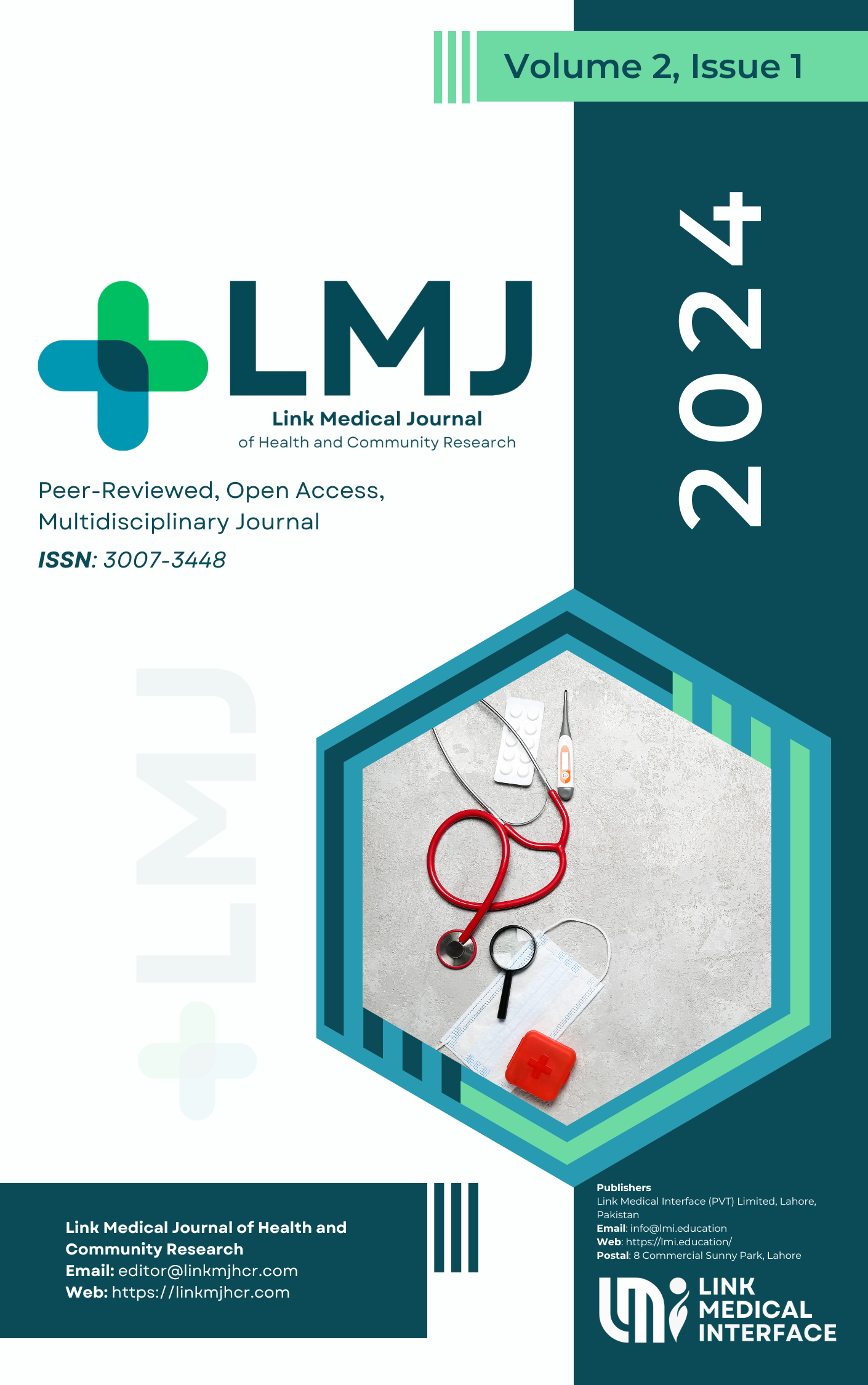Evaluation of Incidence and Diagnosis of Upper-Limb Mononeuropathy Using Neurodiagnostic Procedures in Khyber Pakhtunkhwa
DOI:
https://doi.org/10.61919/85pafj70Keywords:
Upper limb mononeuropathy; nerve conduction study; median nerve; ulnar nerve; radial neuropathy; ergonomic risk.Abstract
Background: Upper-limb mononeuropathies are frequent focal nerve disorders that impair motor and sensory function, often secondary to repetitive mechanical stress or entrapment. Despite advances in neurodiagnostic techniques, regional data from South Asia remain limited. Objective: To determine the incidence, distribution, and severity of upper-limb mononeuropathies diagnosed by standardized nerve-conduction studies (NCS) among patients in Khyber Pakhtunkhwa, Pakistan. Methods: A descriptive cross-sectional study was conducted at Lady Reading Hospital, Peshawar (September 2024–March 2025). A total of 170 adult patients with clinically suspected mononeuropathy underwent NCS using AANEM-aligned protocols. Data on age, sex, occupation, and neurophysiologic parameters were analysed with descriptive statistics, χ² tests, and one-way ANOVA (p < 0.05). Results: Median-nerve mononeuropathy predominated (80.6 %), followed by ulnar (10 %) and radial (9.4 %) lesions. Females comprised 68 % of cases, and the 26–60-year age range accounted for 73 %. Occupational analysis showed highest prevalence among housewives (65.9 %) and labourers (20.6 %). Moderate-grade involvement was most frequent (52.4 %), while ulnar and radial neuropathies displayed greater severe-grade proportions (p < 0.001). Conclusion: Median-nerve mononeuropathy is the dominant form of upper-limb entrapment in this regional cohort, with severity linked to occupational and gender-specific exposures. Early electrodiagnostic screening and ergonomic interventions are recommended to prevent progression and reduce disability.
Downloads
Published
Issue
Section
License
Copyright (c) 2025 Zar Jamil Khan, Aman Binte Aamir, Muhammad Osamo, Sohni Khan, Awais Qarni, Rizwan Ullah, Awal Mir (Author)

This work is licensed under a Creative Commons Attribution 4.0 International License.
© 2025 The Authors. This work is licensed under a Creative Commons Attribution 4.0 International License (CC BY 4.0).


